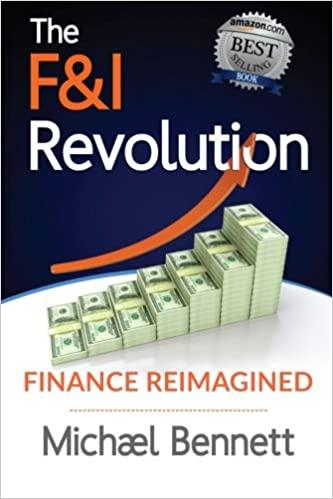


Two currently owned machines are being considered for the production of a part. The capital investment associated with the machines is about the same and can be ignored. The important differences between the machines are their production capacities (production rate x available production hours) and their reject rates (percentage of parts produced that cannot be sold). The material cost is $6.07 per part, and all defect-free parts produced can be sold for $13 each. (Rejected parts have negligible scrap value.) For either machine, the operator cost is $15.09 per hour and the variable overhead rate for traceable costs is $5.03 per hour. Assume capacity of each machine is further reduced by 22% because of machine failures, materials shortages, and operator errors. In this situation, 30,000 units of good (nondefective) product must be manufactured during the next three months. Assume one shift per day and five work days per week. Assume capacity reductions affect material costs but not labor costs. Machine A Machine B Production rate 112 parts/hour 130 parts/hour Hours available for production 8 hour/day 6 hours/day Percent parts rejected 5% 14% a. Can the order be delivered on time? The machine A can produce defect-free units over the next three months (13 weeks). (Round to the nearest whole number.) The machine B can produce defect-free units over the next three months (13 weeks). (Round to the nearest whole number.) Which machine can deliver the order on time? Choose the correct answer below. O A. Both machines can deliver order in time. OB. Only Machine B can deliver order in time. O C. Only Machine A can deliver order in time. OD. None of the machines is capable of delivering the order in time. b. The cost per non-defective unit using the Machine A is $ . (Round to the nearest cent.) The cost per non-defective unit using the Machine B is $ (Round to the nearest cent.) If only one machine (A or B) can be used in Part (a), which one should it be? Choose the correct answer below. O A. Machine A. OB. Machine B. O C. None of the machines is capable of delivering the order in time









